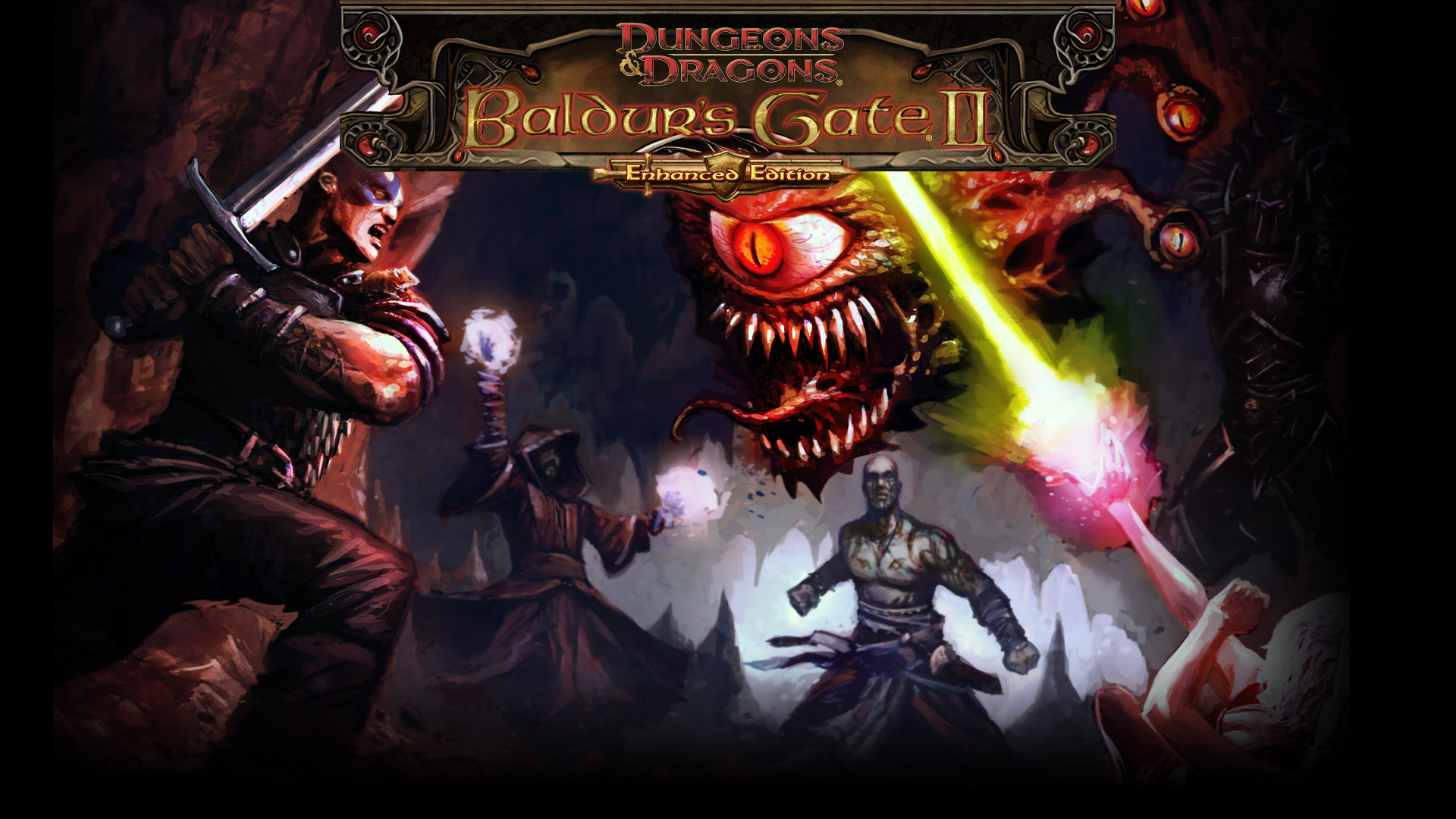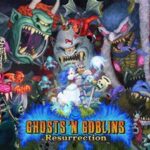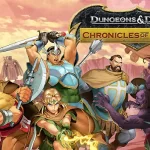Dungeons & Dragons (commonly abbreviated as D&D or DnD) is a fantasy tabletop role-playing game (RPG) originally designed by Gary Gygax and Dave Arneson. It was first published in 1974 by Tactical Studies Rules, Inc. (TSR). It has been published by Wizards of the Coast (now a subsidiary of Hasbro) since 1997. The game was derived from miniature wargames, with a variation of the 1971 game Chainmail serving as the initial rule system. D&D‘s publication is commonly recognized as the beginning of modern role-playing games and the role-playing game industry. (Source from Wikipedia)
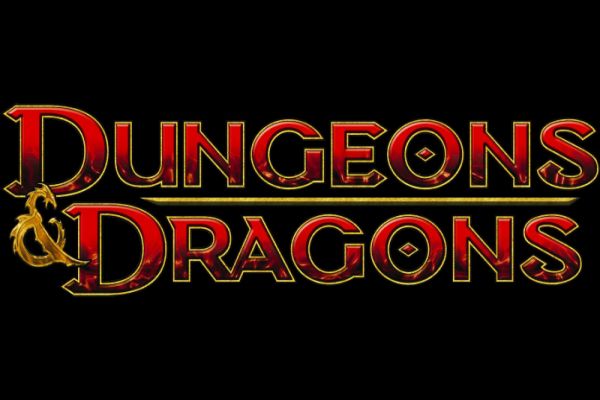
D&D departs from traditional wargaming by allowing each player to create their own character to play instead of a military formation. These characters embark upon imaginary adventures within a fantasy setting. A Dungeon Master (DM) serves as the game’s referee and storyteller, while maintaining the setting in which the adventures occur, and playing the role of the inhabitants of the game world. The characters form a party and they interact with the setting’s inhabitants and each other. Together they solve dilemmas, engage in battles, explore, and gather treasure and knowledge. In the process, the characters earn experience points (XP) in order to rise in levels, and become increasingly powerful over a series of separate gaming sessions.
DUNGEONS & DRAGONS (1974)
The original Dungeons & Dragons (commonly abbreviated D&D) boxed set by Gary Gygax and Dave Arneson was published by TSR, Inc. in 1974. It included the original edition of the Dungeons & Dragons fantasy role-playing game. Its product designation was TSR 2002. The original Dungeons & Dragons boxed set was the first role-playing game, a fantasy system with a medieval European flavor. This set introduced concepts which would become standard in later editions, including abilities (such as strength, intelligence, and dexterity); character classes (fighting-man, magic-user, cleric) and levels; races (human, dwarf, elf, halfling); armor class; monsters and treasure; subterranean dungeons of halls, rooms, and doors replete with tricks and traps; and magic items, such as intelligent swords. The set also includes rules for wilderness travel by land and sea, hiring specialists and men-at-arms, building fortifications and setting up baronies. Movement rates and areas are given in inches, like that of the miniatures rules from which the system descended.


Pool of Radiance (1988)

Pool of Radiance is a role-playing video game developed and published by Strategic Simulations, Inc (SSI) in 1988. It was the first adaptation of TSR’s Advanced Dungeons & Dragons (AD&D) fantasy role-playing game for home computers, becoming the first episode in a four-part series of D&D computer adventure games. The other games in the “Gold Box” series used the game engine pioneered in Pool of Radiance, as did later D&D titles such as the Neverwinter Nights online game. Pool of Radiance takes place in the Forgotten Realms fantasy setting, with the action centered in and around the port city of Phlan.
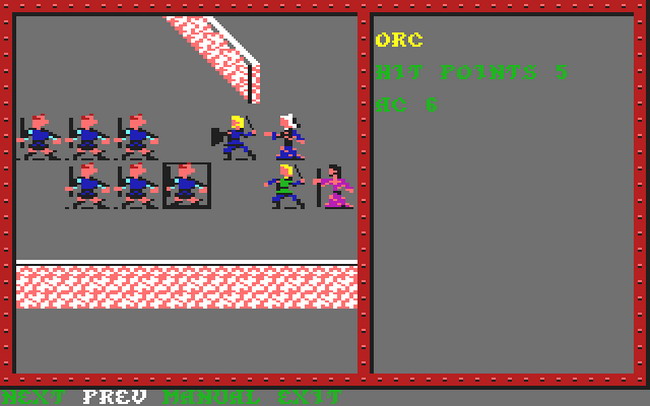

Hillsfar (1989)

Hillsfar is a role-playing video game released for DOS, Amiga, Atari ST, Commodore 64 in 1989. It was developed by Westwood Associates and published by Strategic Simulations, Inc. (SSI). It features a combination of real-time action and randomly generated quests. It also includes standard gameplay elements of the Advanced Dungeons & Dragons fantasy role-playing game, upon which the game is based. Hillsfar was later released for the Nintendo Entertainment System (NES) in 1993.
-2.png&ehk=t2%2fQkbyX7j9%2bTtxNiccvTpmQEYkZ%2bOnDtDmUYxUm8ro%3d&risl=&pid=ImgRaw&r=0)
CURSE OF THE AZURE BONDS (1989)

Curse of the Azure Bonds is a role-playing video game developed and published by Strategic Simulations, Inc (SSI) in 1989. It is the second in a four-part series of Forgotten Realms Advanced Dungeons & Dragons Gold Box adventure computer games, continuing the events after the first part, Pool of Radiance.
The game serves as a sequel to the 1988 novel, Azure Bonds, that was written by Kate Novak and Jeff Grubb, and is the first book of the Finder’s Stone trilogy. An adventure module of the same name, coded FRC2, was written based on the game.

Secret of the Silver Blades (1990)

Secret of the Silver Blades is the third in a four-part series of Forgotten Realms Dungeons & Dragons “Gold Box” adventure role-playing video games. The game was released in 1990.
The story is a continuation of the events of Curse of the Azure Bonds. In this game, a small mining town is being threatened by monsters who were released from a glacial prison. The monsters are led by the evil Eldamar, who had been interred in the glacier by his twin brother Oswulf and a group known as the Silver Blades.

Eye of the Beholder (1991)
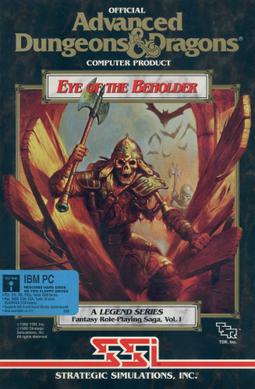
Eye of the Beholder is a role-playing video game for personal computers and video game consoles developed by Westwood Associates. It was published by Strategic Simulations, Inc. in 1991, for the MS-DOS operating system and later ported to the Amiga, the Sega CD and the SNES. The Sega CD version features a soundtrack composed by Yuzo Koshiro and Motohiro Kawashima. A port to the Atari Lynx handheld was developed by NuFX in 1993, but was not released. In 2002, an adaptation of the same name was developed by Pronto Games for the Game Boy Advance.
The game has two sequels, Eye of the Beholder II: The Legend of Darkmoon, also released in 1991, and Eye of the Beholder III: Assault on Myth Drannor, released in 1993. The third game, however, was not developed by Westwood, which had been acquired by Virgin Interactive in 1992 and created the Lands of Lore series instead.

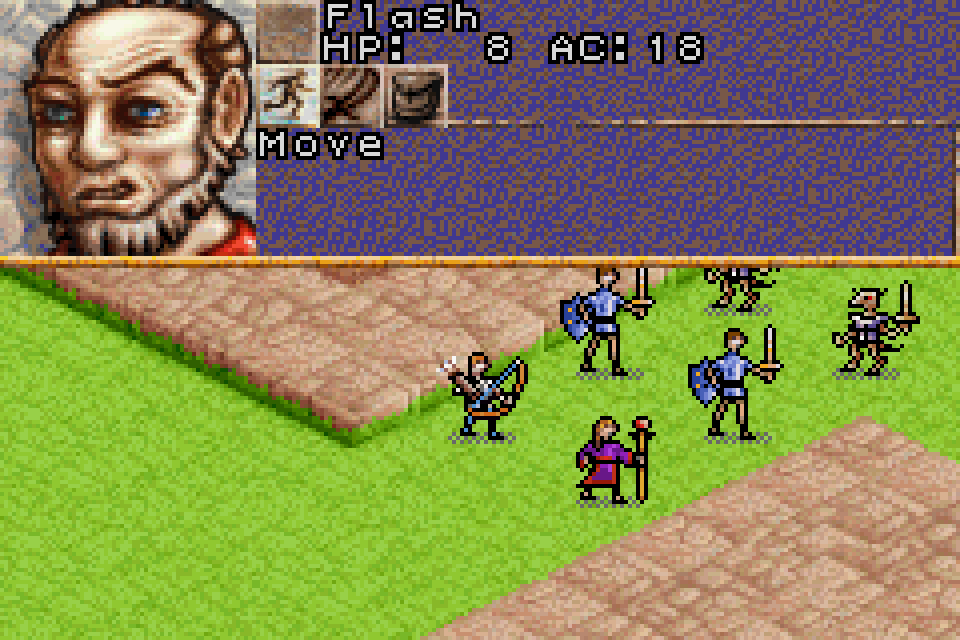
Pools of Darkness (1991)

Pools of Darkness is a role-playing video game published by Strategic Simulations in 1991. The cover art and introduction screen shows a female drow. It is the fourth (and final) entry in the Pool of Radiance series of Gold Box games, and the story is a continuation of the events after Secret of the Silver Blades. The novel loosely based on the game was released in 1992. Like the previous games in the series, it is set in the Forgotten Realms, a campaign setting from Dungeons & Dragons. Players must stop an invasion from an evil god, eventually traveling to other dimensions to confront his lieutenants.
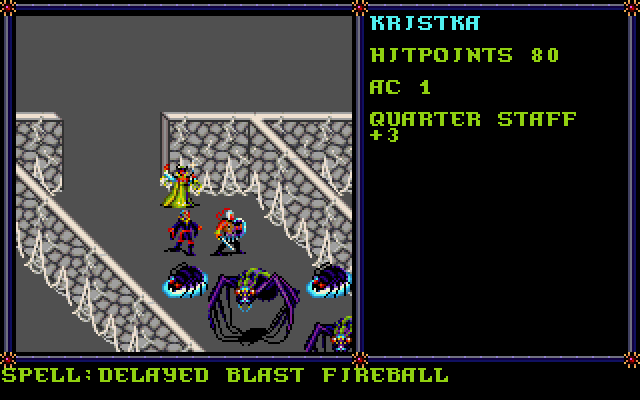

battle for azeroth (1992)
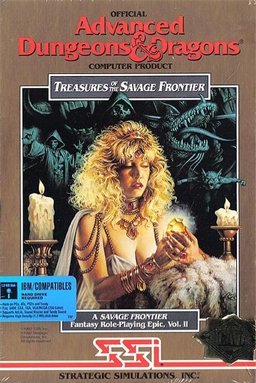
Treasures of the Savage Frontier (1992) is a Gold Box Dungeons and Dragons role-playing video game. It was developed by Beyond Software and published by SSI for the Amiga and DOS.
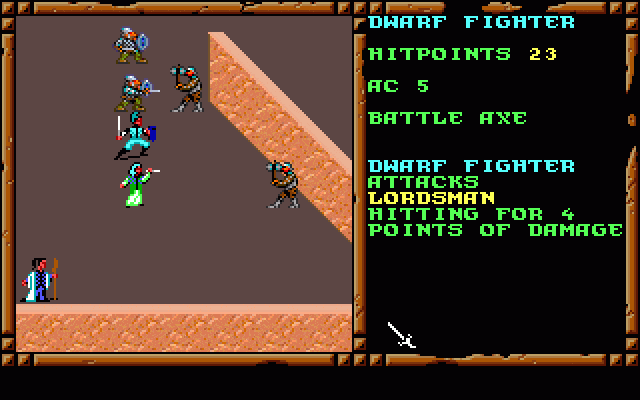
Blood & Magic (1995)
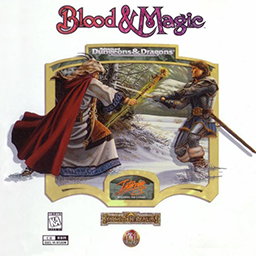
Blood & Magic is a real-time strategy video game released by Interplay Productions in 1996 which uses the Dungeons & Dragons license.
The first of Interplay’s computer games inspired by TSR’s AD&D roleplaying system, Blood & Magic is a real-time strategy game set in a previously uncharted area of the Forgotten Realms campaign setting.

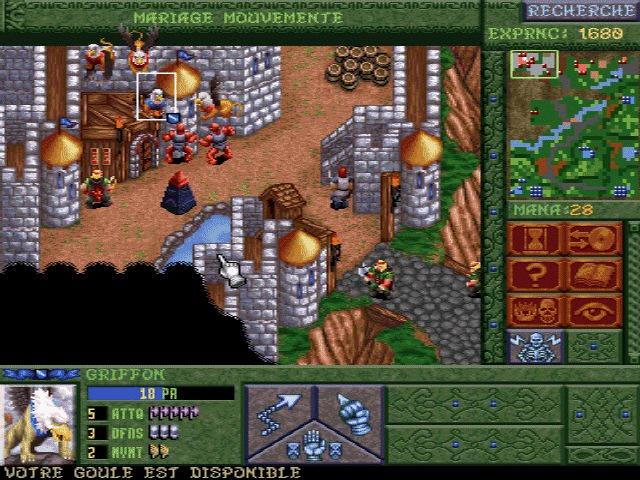
Baldur's Gate II: Shadows of Amn (2000)

Baldur’s Gate II: Shadows of Amn is a role-playing video game developed by BioWare and published by Interplay Entertainment. It is the sequel to Baldur’s Gate (1998) and was released for Microsoft Windows in September 2000. Like Baldur’s Gate, the game takes place in the Forgotten Realms—a fantasy campaign setting—and is based on the Advanced Dungeons & Dragons 2nd edition rules. Powered by BioWare’s Infinity Engine, Baldur’s Gate II uses an isometric perspective and pausable real-time gameplay. The player controls a party of up to six characters, one of whom is the player-created protagonist, while the others are certain characters recruited from the game world.
